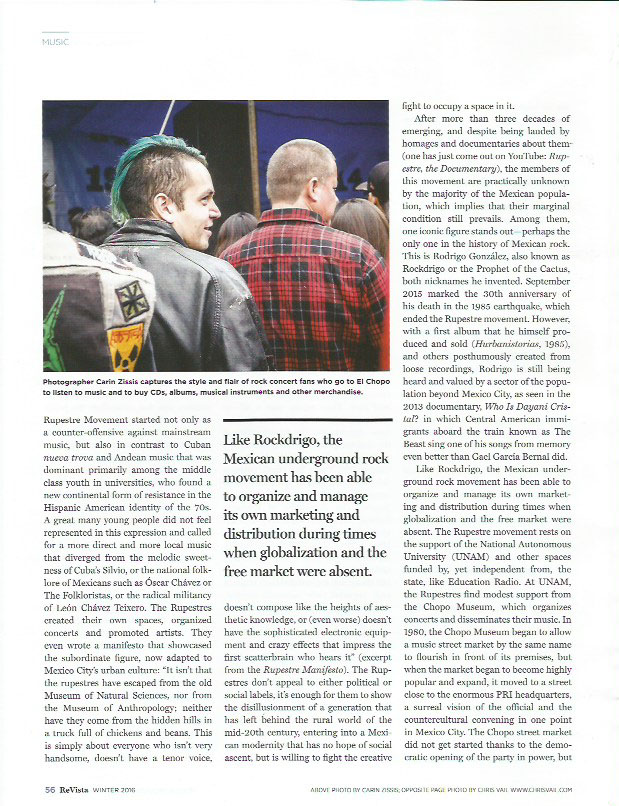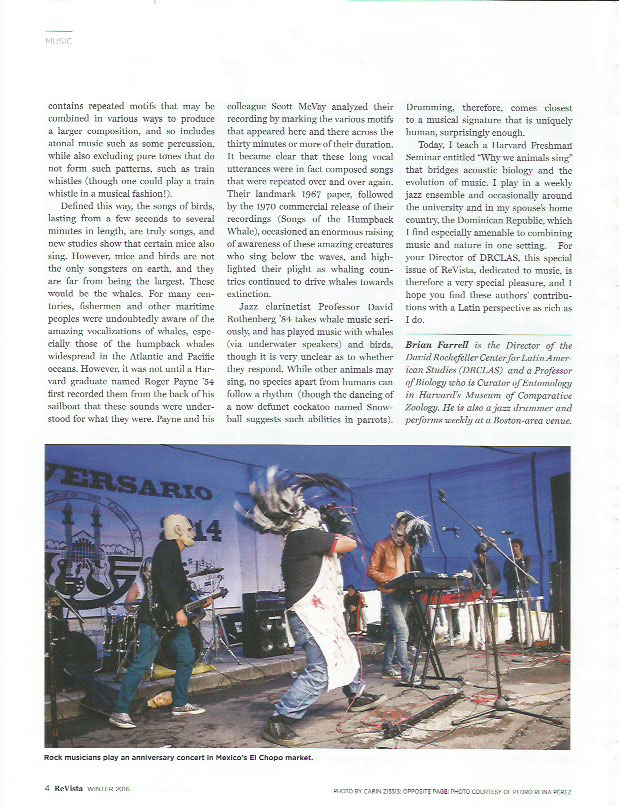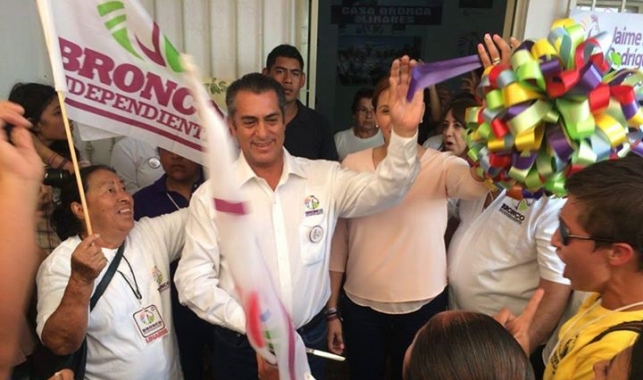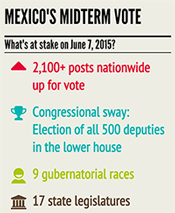AS/COA Online | LatAm in Focus: Getting Ready for the Next Big Earthquake in Mexico City
/One month ago, a 7.1-magnitude earthquake shook Mexico City to its core. Hundreds lost their lives, and hundreds more their homes. As time passes and the capital recovers, what are some of the lessons learned? The fact that the disaster took place on the anniversary of the devastating 1985 earthquake—in which approximately 10,000 people died—showed how far Mexico City has come in the past three decades, as well as what needs to happen to prepare for future disasters.
“The 1985 earthquake was a wakeup call,” says Eugene Zapata-Garesché, 100 Resilient Cities’ regional director for Latin America and the Caribbean, explaining that that disaster proved there were two choices: either start preparing for future earthquakes or get out. “I don’t think there’s a possibility of moving 20 million people out of this valley,” Zapata-Garesché told AS/COA Online Editor-in-Chief Carin Zissis.
The earthquake that struck on September 19 showed strides made, thanks to changes in policies around water, power, and building codes, coupled with the fact that city’s residents know how to respond. In fact, the earthquake hit just a couple hours after a citywide drill. “Thirty years later, there’s evidence that following these protocols showed that they worked,” says Zapata-Garesché. “There is, of course, always room for improvement.”
“You can’t just sit and think that what you did 30 years ago is enough.”
Even with progress, many Mexicans have expressed frustration with the government, particularly when it comes to corruption related to the skirting of building codes that resulted in collapses and deaths. “The population cannot wait for the government to do it, but the government cannot also expect the population to do it alone,” says Zapata-Garesché, noting that a policy of resilience is now enshrined in Mexico City’s new Constitution. “This is an opportunity also for the city to rethink all its protocols, rethink all its building codes, its civil protection emergency response codes, and dialogue with the public.”
He also explains that earthquakes are a region-wide phenomenon, affecting everywhere from Baja California to Patagonia, but Latin America also has what he describes as a “love and hate relationship” with water, thanks to hurricanes, floods, and disasters. “We’re seeing how San Juan today is going to have to start from zero,” says Zapata-Garesché. “They have already understood that this is an opportunity to rethink completely how the city is structured.”
This podcast was produced by Luisa Leme.









